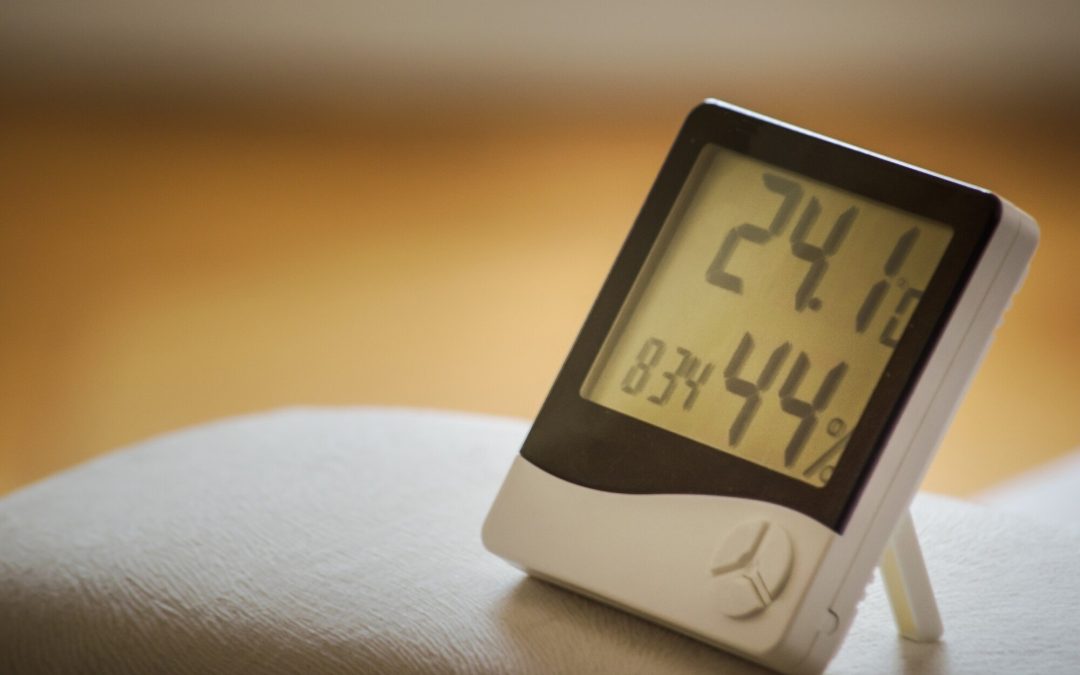A report published by This Old House claims that around 3.7 million homes reported having mold. Moisture in the air might not seem like a threat at first. Over time, it can quietly turn your home into the perfect place for mold to grow.
Understanding how humidity for mold growth becomes a problem helps you stay one step ahead. In this guide, we’ll explore the key information to consider so you can avoid potential complications.
Why Moisture Builds up Indoors
Moisture problems often start with small changes you might not notice initially. Warm air holds more water, and when that air cools down, it leaves moisture behind.
That can happen after a shower or even just from breathing in a tightly sealed space. If the air doesn’t move or vent out, that moisture lingers. Over time, it builds into the perfect environment for issues tied to humidity for mold growth.
Signs Your Home May Be at Risk
A few early warnings can help you act before mold sets in. Some of the most common clues show up around windows and ceilings. When you spot any of the following, it’s worth taking a closer look:
- Musty or earthy smells that don’t go away
- Peeling paint or wallpaper
- Discoloration on walls or ceilings
- Condensation on glass or metal surfaces
- Frequent allergy or respiratory symptoms indoors
These signs usually point to trapped moisture. Once you recognize them, you can start preventing mold growth before it spreads.
When Air Feels Damp or Stale
Your nose and skin often notice moisture before your eyes do. Rooms with high humidity feel heavier and more uncomfortable, especially during warm months. You might also notice fabrics staying damp longer, or towels never quite drying.
Poor airflow makes the air feel stale, even with windows closed. This type of indoor environment encourages slow, hidden mold growth that can affect furniture and structural materials. Keep this in mind when moving forward so you can avoid issues like these.
The Role of Ventilation in Every Room
Proper ventilation makes a more substantial difference than most people think. It removes moisture and replaces it with fresh, dry air.
Without it, moisture sits in place and slowly seeps into materials. To improve airflow throughout your home:
- Use exhaust fans in bathrooms and kitchens
- Keep interior doors open when possible
- Open windows when the weather allows
- Avoid blocking vents or returns with furniture
- Clean your HVAC filters regularly
These steps improve how your home breathes and reduce the connection between humidity and mold. Rooms with good ventilation tend to stay drier, even in damp weather.
Problems That Start Behind the Walls
You won’t always see damage until it’s serious. Water from a pipe leak or poor insulation can create warm, damp pockets in hidden areas.
These spots never fully dry and give mold the time and conditions it needs. Even well-kept homes can face mold issues if these areas aren’t checked. By the time surface damage appears, the issue underneath may already be widespread.
Daily Habits That Make Things Worse
Some regular routines may add more moisture than you expect. People often don’t think twice about drying laundry inside or skipping the fan after a shower.
These habits quietly raise indoor humidity over time. Common behaviors that contribute to home mold include:
- Hanging clothes indoors to dry
- Keeping furniture too close to the walls
- Not using the exhaust fan while cooking
- Letting damp towels pile up
- Ignoring window condensation
Adjusting your habits may seem small, but it plays a major role in reducing mold risks. It’s often easier to fix routines than to undo damage.
Smart Tools That Help You Stay Ahead
You don’t have to guess when it comes to indoor moisture. Affordable tools now offer clear insights into your home’s conditions.
A hygrometer shows you the exact humidity level in any room, while a smart thermostat may alert you to unusual changes. Dehumidifiers help regulate moisture automatically, especially in bathrooms. By using these tools, you gain better control over mold growth risks and can take action before things get out of hand.
How Weather Affects Indoor Conditions
Outside air plays a more substantial role in indoor comfort than most people realize. High outdoor humidity can sneak inside through gaps and vents.
On the other hand, that dryness often leads to condensation when warm air returns. Storms and sudden temperature shifts can also create rapid changes that trap moisture in unexpected places. Staying aware of these patterns makes it easier to keep indoor conditions balanced and reduce the impact of controlling home humidity.
What to Watch for After Water Damage
Even a small leak can lead to larger problems if it’s not handled right away. Water tends to move through flooring and insulation, both of which trap moisture well.
If not fully dried, these materials stay damp long after surfaces appear clean. After any leak or flood, watch for:
- New stains or bubbling paint
- Soft or warped flooring
- Unusual smells near plumbing fixtures
- Sudden increases in allergy symptoms
- Rising indoor humidity readings
Don’t rely on how things look or feel. Always check with proper tools to make sure everything has dried thoroughly.
Long-Term Impact on Health and Comfort
Living in a damp home doesn’t just damage materials. It can wear down your health and sense of comfort over time. Mold affects people differently, but it often triggers asthma or constant fatigue.
Even mild symptoms may linger as long as mold remains in your space. Addressing these concerns early protects both your well-being and your home for the long haul.
Manage Your Home Humidity for Mold Growth
Managing indoor air doesn’t have to be complicated. With the right tools and habits, you can control humidity for mold growth before it affects your home.
Elite Mold Services delivers certified mold inspections and indoor air quality assessments across Central Florida. With 60+ years of combined experience and advanced tools like thermal imaging, we quickly identify hidden mold and moisture issues. You can get in touch with us today to learn more about how we can help.

